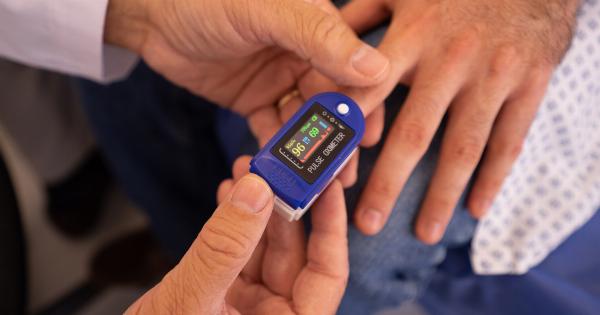Traveling is an enjoyable experience for many people, but it can also pose several challenges to individuals with diabetes.
The stress that comes with air travel, such as changes in time zones, unexpected delays, and unfamiliar surroundings, can affect blood glucose levels. It is, therefore, important for individuals with diabetes to plan their trips adequately and manage their condition carefully during air travel. This article will provide helpful tips on how to manage diabetes during air travel.
Before the flight
Preparing for air travel begins well before arriving at the airport. Here are some things to consider:.
Visit your doctor before the trip
Before making travel plans, schedule an appointment with your doctor to examine your overall health.
Your doctor can help you identify any issues that may interfere with your travel plans, such as foot problems, infections or allergies that require additional medications.
Prepare adequate medication
It’s essential to have all the necessary medications before embarking on a journey. Pack extra medications and supplies for emergencies, in case the trip is prolonged.
Also, keep your medications within reach while on the plane to ensure easy access.
Check with the airline
Airline protocols can vary, so it’s important to check with the airline about their policy for travel with diabetes. In some cases, they may require a medical statement from your doctor.
Airlines also typically offer special meals that cater to your dietary needs. Ensure that you request a diabetic-friendly meal in advance.
Prepare for emergency situations
Consider carrying glucose tablets, snacks, and water while in the plane. These items can help you control your blood sugar levels in case of a delay or unexpected change in itinerary.
During the flight
Stay hydrated
Airplane cabins are generally dry and can cause dehydration, which can lead to high blood sugar levels. So, it’s vital to drink plenty of water and avoid alcohol during the flight.
Monitor your blood sugar levels
While traveling, flying can induce stress that can subsequently cause blood sugar levels to fluctuate. Ensure that you monitor your levels regularly and make any necessary adjustments to your medication and intake.
Maintain a healthy diet
It’s important to stick to your dietary plan while traveling. Airlines offer diabetic-friendly meals upon request, so ensure you have requested one before the trip.
After the flight
Ease back into your routine
After a long journey, it is essential to rest. When you get home or to your destination, rest and ease into your routine before engaging in physical activities. This can help you manage your blood sugar levels and avoid complications.
Reorganize your medications
Ensure that you take your medications as prescribed by your doctor and follow up with any necessary adjustments in dosage or schedule.
Conclusion
Air travel can pose some challenges to individuals with diabetes, but proper planning and management can go a long way in making the trip safe and enjoyable.
To ensure a smooth journey and stay on top of your health throughout the trip, consult with your doctor, prepare adequate medication, monitor your blood glucose levels regularly and prepare for any emergencies that may arise.
























